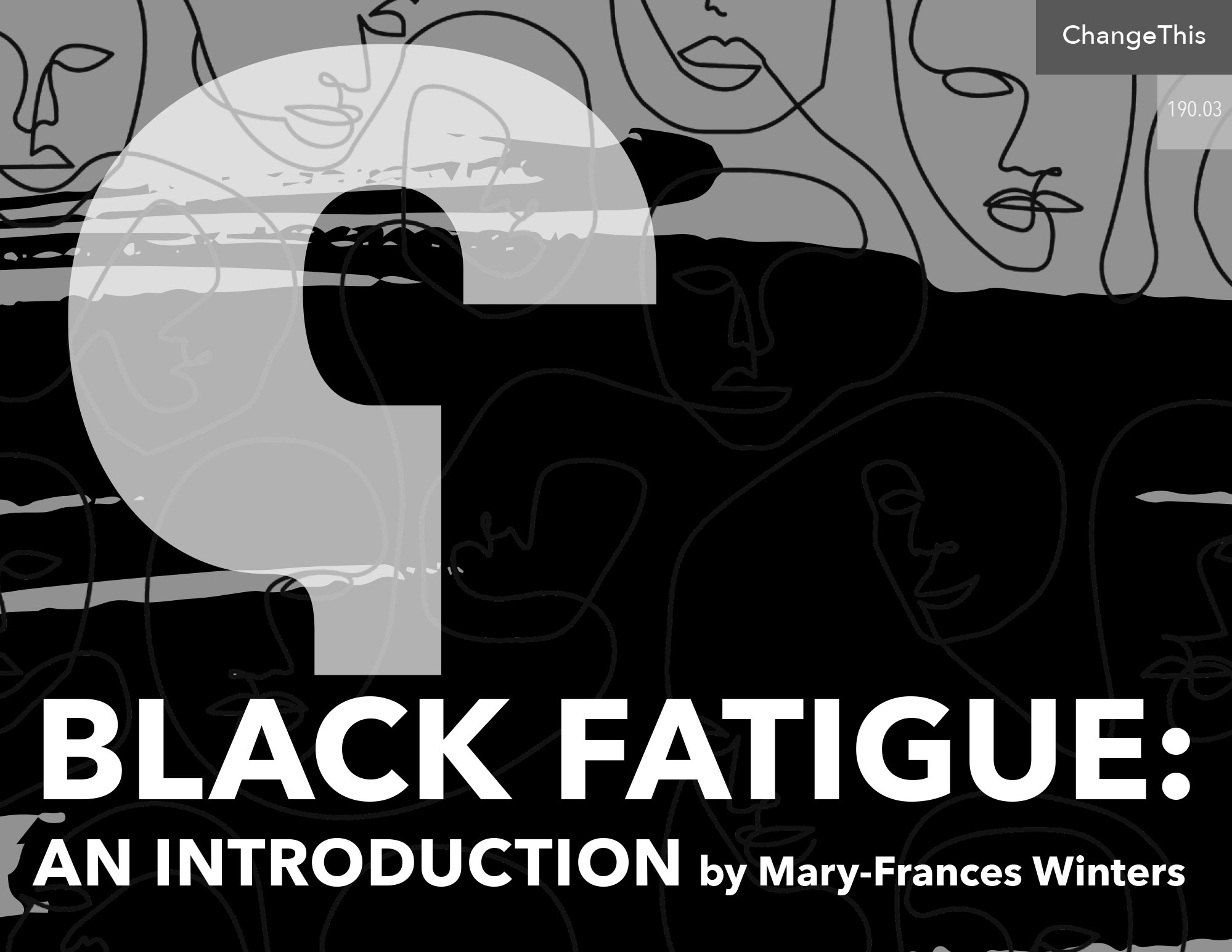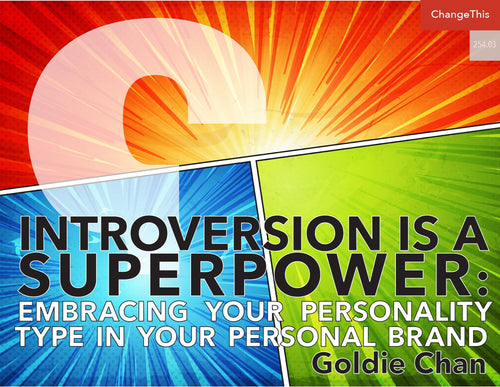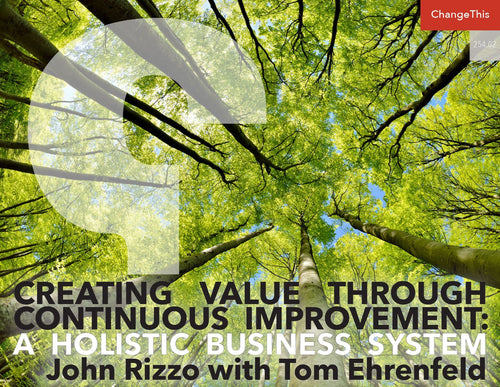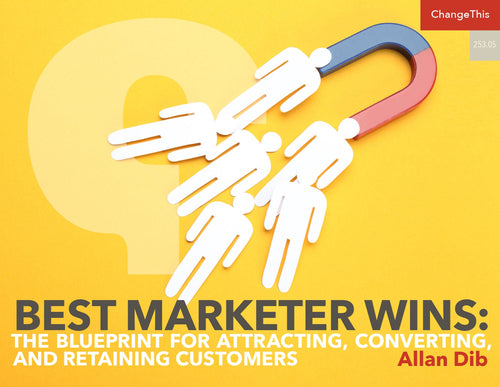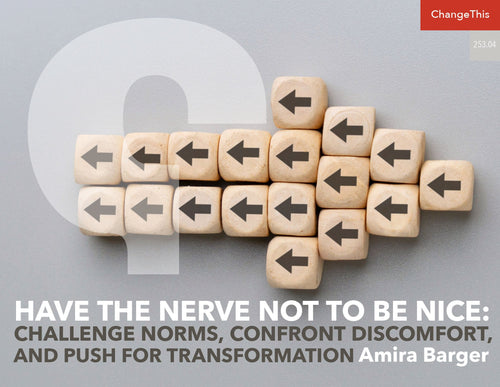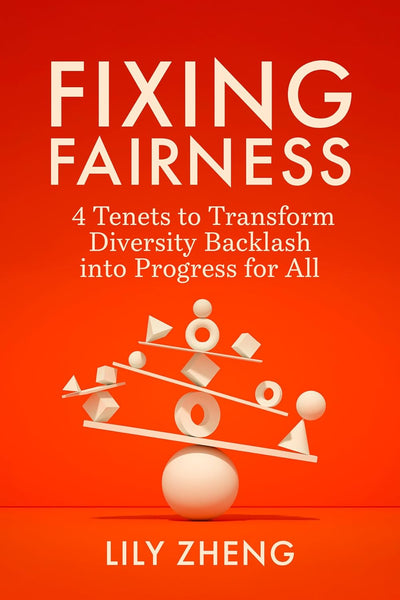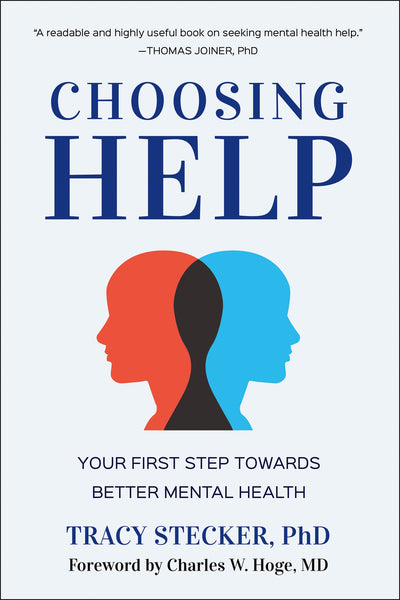Black Fatigue: An Introduction
When I conceived the idea for Black Fatigue in the fall of 2019, Black colleagues and friends urged me to write it as soon as possible.
They said we need to chronicle the fear, frustration, anguish, and, yes, rage that is a regular part of many Black people’s daily lives and how it affects the mind, body, and spirit. “Living while Black” is a term coined to embrace the myriad unjust and inequitable experiences that are relentless and too often lead to violence.
This was before the COVID-19 outbreak in January 2020 and the global, organized, and powerful rebellions against systemic racism that started in May 2020. These events changed the world as we know it forever and served to put a spotlight on Black fatigue.
Hundreds of thousands of people all over the world died from the highly contagious virus, for which there was no vaccine at the time. Black and Brown people were disproportionately affected, dying at rates two to four times the rate of white people. Black people were also more likely to lose their jobs during the pandemic or have essential jobs that meant greater exposure to the disease.
Shelter-in-place orders were enacted, and food and other essentials were scarce. Makeshift hospitals were set up to accommodate the surge in cases, and miles-long lines of cars waiting for food rations were common. People all over the world were enduring unimaginable stress and pain. Black people were even more severely affected.
And then, over the course of 30 days in the spring of 2020, the public learned of the tragic deaths of Ahmaud Arbery, Breonna Taylor, and George Floyd. They were unarmed Black people killed at the hands of law enforcement. There were others who did not get the same media attention, such as Tony McDade, a Black transgender man who was killed by the police in Florida, though the reports indicate that the circumstances around his death are “murky.” Nina Pop, a Black transgender woman, was stabbed to death in Missouri in a possible hate crime.
George Floyd’s murder was the tipping point. Many sat in disbelief and horror as they watched the video footage, taken by a 17-year-old girl, of Minneapolis police officer Derek Chauvin, with his hands in his pockets, blatantly and cavalierly pressing his knee against Floyd’s neck for 8 minutes and 46 seconds. Floyd pleaded for his life. He said 15 times, “I can’t breathe, officer.” He was pronounced dead at the scene, and it would be days before any charges were brought against Chauvin and weeks before charges were brought against the other three officers involved. In the case of Ahmaud Arbery, he was gunned down in Georgia as he was jogging in his neighborhood; the public did not hear of it for almost two months, and it took another month for the perpetrators (self-proclaimed law enforcers) to be arrested. Breonna Taylor was in her apartment in Louisville, Kentucky, when police, executing a no-knock search warrant for drugs in the middle of the night, shot her at least eight times. They had entered the wrong house.
These recent tragic incidents amplify, in gory detail, the centuries-old, willful disregard for Black lives. We are reminded of the period in our history when Black men were lynched, put on public display as a means of terrorizing and controlling. These recent deaths are examples of modern-day lynching. And there are so many more examples in recent years that I could cite. Black people are three times more likely than white people to be killed by police.
Around the same time of Floyd’s murder, Amy Cooper (a white woman) was walking her dog in Central Park and Chris Cooper (not related, a Black man) was bird-watching. He requested that she keep her dog leashed in accordance with park regulations. She refused to do so, and a verbal dispute ensued, with Ms. Cooper calling 911, ranting that an African American man was threatening her and her dog. Mr. Cooper remained calm throughout the ordeal, urging her to call authorities. Ms. Cooper was fired from her job at a large financial services company.
With the Black community already at a heighted level of stress from dealing with the multiple, disparate impacts of COVID-19 on Black people, these all too familiar racist incidents were the proverbial straw that broke the camel’s back. They sparked monthlong fervent protests by people across the spectrum of diversity who globally denounced police brutality and demanded acial justice. These rebellions, mostly peaceful, signaled a new movement against anti-Black racism that proclaimed, Enough is enough. We are exhausted from dealing with racism and violence against Black people. Symbols of racism such as confederate flags and other historical monuments were dismantled forcibly, and in other cases, lawmakers decided to remove them.
When I conceived the idea for Black Fatigue, I certainly could not have foretold the imminence of this renewed, forceful, and insistent movement for racial justice. The accumulated pain and trauma from centuries of violence perpetrated against Black people reached the boiling point. It was inevitable because history has taught us that oppressed people will rebel when they just cannot take it anymore.
In response to this renewed and louder demand to end racism, many organizations seemed to wake up overnight, with a frenzied sense of urgency, and began to develop new strategies and initiatives. They issued statements of solidarity, scheduled town hall sessions with all employees to proclaim their commitment to ensuring racist-free work environments, and pledged millions of dollars to organizations focused on eradicating racism. The Winters Group was retained by several companies to conduct sessions with Black employees to provide a safe space for them to share their feelings and with white employees to highlight the history of racism. Perhaps not surprisingly, many white people claim to not have much understanding of why Black people are fatigued.
We conduct a poll during virtual sessions with white employees that asks, How much knowledge do you have about the history of racism in the United States? Only about 10 percent say that they are knowledgeable.
In the sessions with Black employees, they overwhelmingly reported that they were already exhausted and, because of the events of 2020, they were now downright fatigued. They openly shared stories of the emotional burden of living and working in spaces that diminish their existence. Many believe that the proclamations by their organizations of their intention to do a better job of creating safe and welcoming environments for Black employees are empty promises.
In 2013, before the 2020 rebellions for racial justice, the Black Lives Matter movement was started by three young women in response to the acquittal of George Zimmerman, who killed 17-year-old Trayvon Martin as he walked home from the store with a bag of Skittles. Now known as the Black Lives Matter Global Network with chapters around the world, its purpose is to intervene when violence is inflicted on Black communities. This new age of activism ignited by millennials (1980–1997) and members of Generation Z (1997–2012) is reminiscent of the civil rights movement of the 1960s. For example, the Black Panther Party for Self-Defense was born, in part, out of a response to the killing of Matthew Johnson, an unarmed Black 16-year-old, in San Francisco in 1966.
The history of white supremacist, racist systems have led to Black intergenerational fatigue. The impact of Black fatigue is not only on Blacks but also on society. The racist system is not just literally killing Black people; it is tearing the whole nation apart.
In every aspect of life, from socioeconomics to education, the workforce, criminal justice and, very importantly, health outcomes, for the most part the trajectory for Black people is not improving. It is paradoxical that with all the attention over the last 50 years on social justice and diversity and inclusion, we have made little progress in actualizing the vision of an equitable society.
have been concerned for some time that the modern-day diversity movement, especially in corporate America, obfuscates racial issues that are unique to Black people. So often, I have been cautioned not to focus too much on race in diversity sessions. Of all the popular diversity topics (age, sex, gender identity, disability), white people, by and large, are most uncomfortable talking about race—especially Black people. It may be because of internalized white guilt. My hope is that, as a result of the new racial justice movement, the corporate world will no longer minimize the issues of Black people.
BLACK FATIGUE RUNS DEEP
Jumaane D. Williams is a Black man. He is a New York City public advocate. In passionate and tear-filled extemporaneous comments at a press conference regarding the killing of Ahmaud Arbery, Breonna Taylor, and George Floyd in the spring of 2020, he said this about the impact of racism and police brutality on the Black community: “I am not okay. I am not okay today. I want to give the Black community permission to say I am not okay. I am tired. I am tired. I have not watched the video of Ahmaud Arbery. It is too much. I have not watched the video of George Floyd. It is too much. Black people have to go to work the next day and be alright. I am not okay. I am tired. I am tired of racism.” Williams’s sentiments sum up what many other Black people expressed during the 2020 global protests against racism. The fatigue of enduring unrelenting racist systems was not new. What was new was that Black people from the famous to the everyday citizen were given “permission” to take off the proverbial muzzle to tell the world about their pain and rage without fear of the normal backlash (for example, “Why do you people always use the race card?”). It seemed as if the world was finally willing to listen.
Black people were no longer denying or suppressing the emotional toll. We were boldly and poignantly calling out the impact of living in a racist world and demanding actions that put more of the burden on white people to change racist systems. White people could no longer claim sublime ignorance.
Black people have been marching, protesting, resisting, writing, orating, praying, legislating, and commentating for centuries for equity and justice, and—young and old—we are fatigued. It is physically, mentally, and emotionally draining to continue to experience inequities and even atrocities day after day when justice, equity, and fairness are purportedly legislated rights of all citizens of the United States of America.
During the height of the 2020 protests, I facilitated many sessions and was asked to be on several panels with CEOs and key leaders of organizations. These virtual town hall gatherings were usually open to all employees and often included Black panelists who shared personal stories.
Several times CEOs admitted that they did not know about the daily challenges of navigating life as a Black person. One CEO, whose chief financial officer is Black, said that he was embarrassed that he had known his CFO for many years and had no sense of the emotional toll he faced from living while Black.
This is what Black Fatigue: How Racism Erodes the Mind, Body, and Spirit is about. It is about the fatigue that comes from the pain and anguish of living with racism every single day of your life. It is about being fatigued by those who are surprised and express outrage (with no action) that such inequities still exist. It is about the constant fatigue of not knowing whether you or a loved one will come home alive. It is about enduring the ravages of intergenerational racism.
I am a child of the 1960s. As the editor of my high school newspaper, I wrote about the ills of discrimination. I was a writer for my college newspaper, where I wrote about racist behaviors and participated in rallies and marches protesting inequitable treatment. Essentially my whole career has been dedicated to diversity, equity, and inclusion work. And it is mind-bogglingly fatiguing to realize that not much has changed.
The injustices that I write about have been recounted over the centuries by great writers, politicians, theologians, educators, and, as important, everyday people who come into the limelight because of a lived experience that shocks and appalls us like George Floyd’s—that lets us all know that even though we might want to believe that we have overcome bigotry, injustice, hatred, and race-based violence, the sad truth is that it is not so. Systems of oppression continue to loom large; many race-based inequities are just as prevalent today as they were 400 years ago.
While we might want to rest on our laurels on the progress from slavery to freedom to modern-day wins like the pinnacle achievement, the election of Barack Obama as president, I daresay those who throughout history fought for equal rights would not be satisfied, nor should we be. While we might want to congratulate ourselves for legislation that makes overt acts of racism illegal, they still happen too frequently and often continue to require more legal action to address racist practices. As a recent example of legislation, consider the CROWN Act, which protects the right of Black people to wear our hair in its natural state. Some 6 states and jurisdictions have passed the act, and 20 more states are considering it. The bill was also introduced to Congress for federal protection in 2019. It is incomprehensible to think that we need a law to protect the right to wear our hair as we prefer—that such oppression still exists. It is indeed fatiguing to have to put energy into struggling for what on the surface seems like a laughable issue.
Black Fatigue is a research-informed narrative of the causes and consequences of Black fatigue. I chronicle my personal lived experiences and those of family, colleagues, and friends. It is chock full of historical data and stories that illuminate the woeful lack of progress in achieving socioeconomic, health, educational, voting rights, and criminal justice equity over the past three-plus centuries. Though some Black people have achieved mobility and access, even they are not exempt from anti-Black racism.
Navigating centuries-old racist systems leads to intergenerational stress and trauma, increasing inherited health disparities which manifest as generations of oppressively inequitable life experiences and outcomes for Black people. Many municipalities have declared racism a public health emergency.
Science has proved that racism is a direct cause of physiological and psychological maladies. Black people suffer disproportionately from diseases such as high blood pressure, heart disease, cancer, and obesity. Many of these health issues are uncorrelated to socioeconomic status. In other words, contrary to what might seem intuitive, education and income are not mitigators. Further, experts are now researching and making connections to how chronic stress affects us at the cellular level and is passed down generationally.
While the title of the book is Black Fatigue, there are multiple layers that need consideration because of our intersectional identities. I am a cisgender, heterosexual Black woman who was born into the baby boom generation. My income puts me in the category of middle class. I am able-bodied. I have not been a victim of domestic violence, and I was raised in a two-parent household, albeit a lower-income one. My gender identity, sexual orientation, income, physical and mental status, and other social factors provide me privileges that Black people who are, for example, in the LGBTQ community, who are poor, who are subjected to violence, or who experience disabilities may not enjoy. The compounding stressors of one’s intersectional identities exacerbates the fatigue.
Racism happens at several levels: interpersonal, internalized, institutional, and structural. Intra- and interpersonal solutions for Black people to address racism-induced fatigue, such as resistance, healing, restoration, faith, rest, and resilience, are important but not end-game remedies because they do not solve the root cause; they only treat the symptoms and dull the pain.
On intra- and interpersonal levels, white people can help mitigate Black fatigue by acknowledging their whiteness and thus privilege, doing their own education on the history of racism, and becoming antiracist allies who challenge white supremacy.
At the institutional and structural levels, as a start, the United States needs to atone for slavery publicly and offer reparations to descendants of slaves. We also need those in power to abolish racist legislation, policies, and practices. It can be done quickly, as we witnessed during the 2020 racial protests. Within a two-week period, motions were filed in states and municipalities across the country to defund police departments, ban chokeholds and the use of tear gas, and update use-of-force rules. Some companies declared Juneteenth a paid holiday, and a handful of CEOs who showed themselves to be racist stepped down. Within weeks of receiving a request from a 22-year-old Black woman, the Merriam-Webster dictionary agreed to change the definition of “racism” to include the structural component. It should not have taken a global rebellion for racial justice to bring about these changes. However, it did, demonstrating that systems can be changed when those with the power choose to exercise it on behalf of dismantling white supremacist structures.
In the book, I reimagine a decolonized world that bends toward racial justice. In that world, we would never see another Black person gunned down by law enforcement or anybody else solely on the basis of his or her Blackness; Black people would truly feel, based on equitable treatment, as if we belong in our own country; we could count on all the systems to work just as well for Black people as they do for white people; we would focus on achieving equity, not equality; white people would no longer, on the one hand, appropriate our culture and, on the other, treat us as inferior beings; white people would understand that because white culture is “normal,” it renders all others “abnormal” by default; white people would understand white supremacy and that it will end only when white people see it as a white issue rather than a Black issue that they empathize with.
White people must address institutional and structural racism. Black people do not have the power to change white supremacist systems. Prolific writer and social activist for Black liberation James Baldwin called whites “the innocents” in an essay (“My Dungeon Shook”) in the form of a letter to his nephew in The Fire Next Time in 1962. He asserted that white people, by and large, believe themselves to be absolved of any accountability for the racist systems that prevent Black liberation. “They [white people] are in effect still trapped in a history which they do not understand and until they understand it, they cannot be released from it.” He asserted that it was not the responsibility of Black people to fix racism. However, he held optimism that, working together, Black and white people could effect change. Baldwin died in 1987 without seeing his hope come to fruition. Sadly, some 30 years later, we still have not seen that hope realized.
It is too soon to tell whether the 2020 movement for racial justice will lead to sustained change. I, like James Baldwin, am still hopeful.
Excerpted from Black Fatigue: How Racism Erodes the Mind, Body, and Spirit by Mary-Frances Winters.
Copyright © 2020 by Mary-Frances Winter.
All rights reserved.
Art inspired by Mike Nicholls’ cover design for Black Fatigue.
No part of this excerpt may be reproduced or reprinted without permission in writing from the publisher.
ABOUT THE AUTHOR
Mary-Frances Winters is the founder and president of the Winters Group Inc. She has been helping clients create inclusive environments for over three decades. She was named a top ten diversity trailblazer by Forbes and a diversity pioneer by Profiles in Diversity Journal and is the recipient of the prestigious ATHENA Award, as well as the Winds of Change Award conferred by the Forum on Workplace Inclusion. Winters is also the author of We Can’t Talk about That at Work and Inclusive Conversations.
LEARN MORE
Racism is killing Black people. But it’s not just the atrocities that break into the mainstream news cycle. It’s also what award-winning diversity, equity, and inclusion expert Mary-Frances Winters calls Black fatigue: the crushing physical and psychological toll of dealing with a constant stream of racist acts and attitudes, from the clueless to the cruel to the criminal. It’s a phenomenon with which Black people are all too familiar. And yet, as a society, we struggle with dealing with the racial trauma and injustice that stain our history. And it’s time to do something about it.
Black Fatigue faces the disparate outcomes of intergenerational exhaustion that affect the intimate, daily lives of Black people. Winters writes, “I ask white people to read this book not only to be educated on the history of racism but also to be motivated to become an antiracist, an ally, and a power broker for systemic change. For Black people, I hope that it will be educational and affirming, and when one of your white colleagues asks you to educate them, you can refer them to this resource, so as not to exacerbate your own fatigue.”
To learn more, download an extended excerpt of the book from Berrett-Koehler, and continue your education with more recources for anti-racist action.

